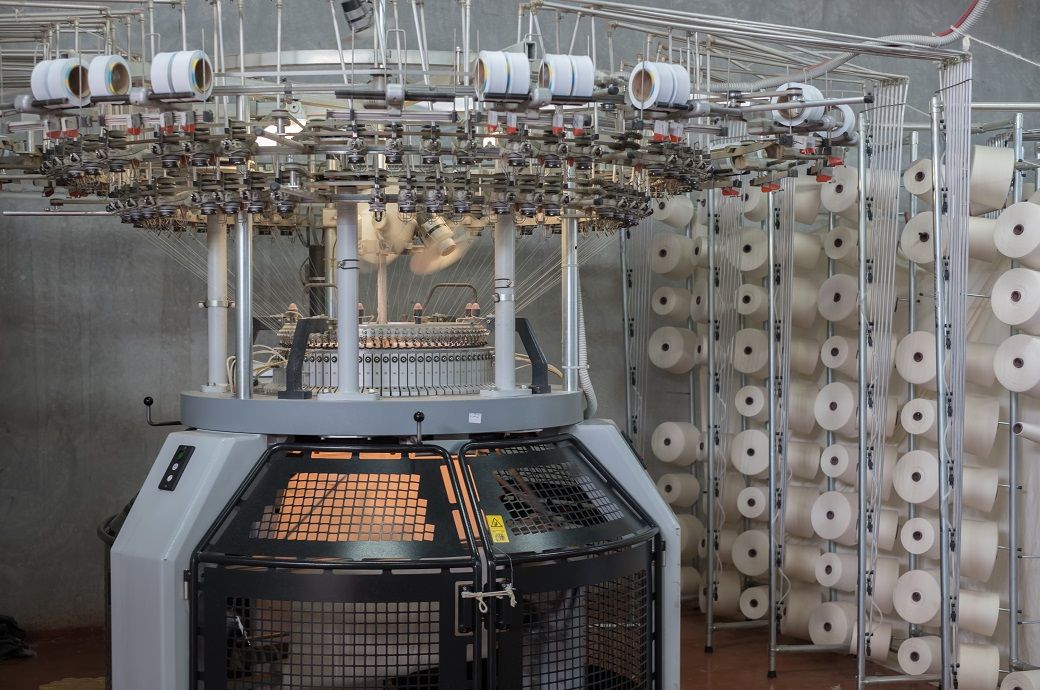[ad_1]
Business sentiment nevertheless remained gloomy by historical standards, and demand continued to fall at a steep rate, leading to a pull-back in employment growth during the month, S&P Global said in a release.
November saw business activity fall across the euro zone for the fifth consecutive month, S&P Global said. Though the decline rate was the second strongest since 2013-excluding lockdown months-the downturn’s intensity moderated in response to a reduced rate of loss of new business, fewer supply constraints and a pick-up in business confidence for 2023.
One upside of the weaker demand picture and alleviation of supply constraints was a cooling of price pressures, most notably in the manufacturing sector. Firms’ costs rose at the slowest rate for 14 months, in turn allowing selling price inflation to moderate, albeit with rates of inflation remaining elevated.
The seasonally adjusted S&P Global Eurozone PMI composite output index rose from 47.3 in October to 47.8 in November, according to the preliminary ‘flash’ reading based on approximately 85 per cent of usual survey responses.
The PMI has now registered below the neutral 50.0 level, indicating falling business activity levels, for five consecutive months, albeit with the latest data signalling a moderation in the rate of contraction.
The PMI data for the fourth quarter so far put the euro zone economy on course for its steepest quarterly contraction since late-2012, excluding pandemic lockdown months.
Manufacturing continued to lead the downturn, with factory output dropping for a sixth successive month, S&P Global noted.
Although the rate of production decline eased, the latest fall was still the second-strongest recorded over the past decade if the height of the pandemic is excluded.
Within the euro area, Germany again reported the steepest downturn, the composite PMI at 46.4 to register a fifth monthly drop in output in as many months. Although the latest decline was the weakest since August, it was still the third largest since 2009 barring pandemic lockdowns. Germany’s manufacturing sector suffered a marked cooling in the rate of decline.
Output fell in France, the composite PMI registering 48.8 to signal the first drop in business activity since February 2021. Manufacturing output fell for a sixth straight month, albeit the rate of decline moderating to the slowest since August.
Output fell in the rest of the euro zone for a third month in a row, albeit with November’s decline being the smallest seen over this sequence.
New orders for goods and services meanwhile fell for a fifth month running to signal a further marked drop in demand. Although the rate of loss eased from October, the drop in orders was the second-largest seen in the past two years.
While new orders fell at a reduced rate in manufacturing, the rate of loss intensified slightly in services. The drop in new orders meant companies were again reliant on existing backlogs of work to help maintain business activity levels, causing backlogs of orders to fall for a fifth consecutive month, dropping at the sharpest rate for two years.
A particularly sharp decline was again recorded in manufacturing, but backlogs of work also showed a renewed decline in services.
Fibre2Fashion News Desk (DS)
[ad_2]
Source link











